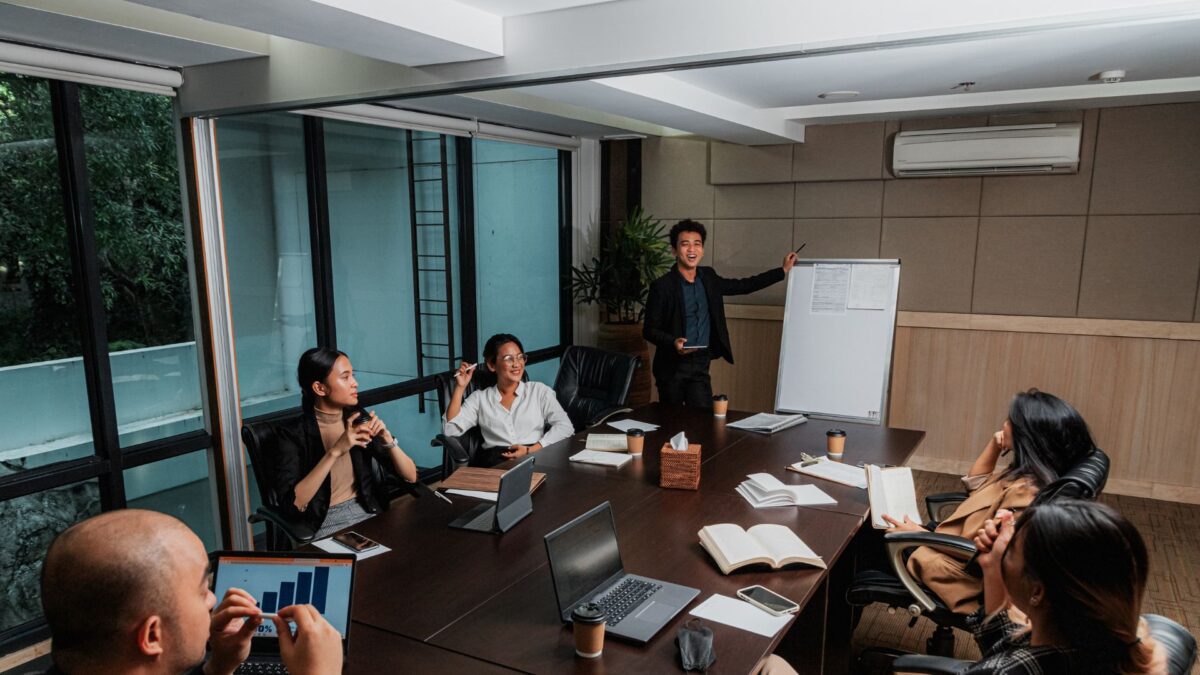On Diversity and Inclusion Training : Companies Must Revisit Their Hiring Policies For Persons With Disabilities

Written by: Elisha Vermani
Riddle me this: If a person with spinal injury, who uses a wheelchair, can’t enter an office building because it doesn’t have a ramp, then are they kept from working because of their injury or by inaccessibility of the office building? If the building had a ramp they would be able to get to work like everyone else and be a productive member of that company, and society. Neither their disability nor their wheelchair is the problem. The inaccessibility of the workspace is.
Persons with disabilities (PwD) account for 2.21 percent of the country’s population (the real number is expected to be much higher) but make up for less than 0.5 percent of employees working in the private sector.
This, despite a study conducted by Accenture in 2019 illustrating that companies focusing on disability inclusion and engagement reported 4x more profit and 3x more sales than their counterparts.
So what could possibly be the reason for this abysmally low absorption of capable and hard-working individuals with disability in the mainstream workforce?
The lack of inclusivity can be attributed to misconceptions surrounding the hiring of PwDs as well as the various social, attitudinal and infrastructural barriers they face. While there has been a noticeable rise in initiatives undertaken by various corporations to make the workplace more inclusive, this advancement has evidently been slow and limited in its impact.
What Employers Say
Potential loss of productivity associated with hiring someone with a disability is a common myth prevalent amidst the able-bodied population in the workforce.
When Lemon Tree Hotels’ founder, Patu Kewsani, gave his executive team a target to hire 100 hundred hearing- and speech-impaired workers over a four year period, he was faced with serious resistance by his employees. “They felt these guys would not do their jobs and the additional load would come on the rest of them,” he told the Financial Times. However, after persistent efforts to clarify what the new roles would entail and how none of it would derail the existing work dynamic, Keswani was able to move ahead.
Today Lemon Tree Hotels Limited is the largest hotel chain in India in the mid-priced segment with 82 hotels that employs approximately 550 persons with disabilities, accounting for 11-12 percent of its workforce.
Several employers also feel that hiring PwDs requires substantial extra investment and effort. On the contrary, almost 60% of the people with disability do not need any major infrastructural support for their day-to-day activities, and most of the challenges related to travel or communication can be resolved through cost effective practical solutions, according to a study conducted by Boston Consulting Group in alliance with Youth4Jobs for the Indian job market.
In addition to these myths, employers may also be reluctant to accommodate individuals with disability on the following fronts: communication challenges between PwD employees and their non-disabled colleagues, lack of assistive devices and technologies, developing training modules and structural changes required to fully integrate workers with disabilities in the workspace etc.
However, it is imperative to understand that most of these can be tackled with diversity and inclusion training and sensitization about the needs and capabilities of people with disabilities provided, one has the intent to do so.
Let’s Talk About WFH
One of the simplest ways to accommodate an employee with disability is letting them have the option to work from home. Seems pretty intuitive after a year into the pandemic, right? However, before Covid-19 disrupted our lives, remote work was largely frowned upon and viewed as a less efficient channel of work. This perception changed, almost overnight, last year as companies around the world scrambled to adapt to the new mode of working — one that PwDs had been requesting for ages but to no avail.
As social distancing norms and restricted public movement continue to propel new avenues with respect to remote and hybrid models of employment, the argument to diversify the workforce has only strengthened.
That said, there’s also a catch: “What about those persons with disabilities who possess the necessary skill for a job but do not have adequate training to cope with work from home yet?” asks Dr. B.R. Alamelu, an assistant professor at Indraprastha College for Women, who has been taking classes online since last year with the help of assistive technologies.
The pandemic has posed new barriers to hiring of PwDs in addition to the ones that already existed. Since on-the-job training is on hold and in-person interaction that would ordinarily facilitate this process isn’t feasible, how employers plan to bridge this gap is crucial to ensuring a steady absorption of PwDs who have the necessary skills and are willing to work.
Reasonable Accommodation through Diversity and Inclusion Training
On what’s keeping companies from hiring persons with disabilities, Tony Kurian, a PhD candidate at IIT Bombay, said: “Most organizations do not hire us because there is no belief in our abilities and things are not accessible. At the same time most people don’t treat us with dignity and as an equal because we are usually perceived as help seekers and not as equal contributors.” He further added: “The real need is for the companies to have a serious reasonable accommodation policy.”
Reasonable accommodation through diversity and inclusion training cover various aspects ranging from work-from-home to availing facilities at the workplace, access to assistive devices, restructuring job roles, and flexible work schedules among other accommodative steps. It also includes structural adjustments that are required to integrate workers with disabilities in a workspace that is predominantly designed by and for non-disabled people. These adjustments are meant to be in line with principles of universal design with the aim of incorporating design elements that can be accessed by everyone irrespective of their individual capabilities.
Some of the changes to boost accessibility may include but are not limited to: replacing round door knobs with lever handles to aid those with limited use of hands, replacing stairs and elevated platforms with low ramps for workers with locomotor disabilities, lifts in multi-story buildings with tactile readable buttons and tactile paths for people with visual disabilities, equipping office equipment with screen readers, and the like.
Furthermore, these minimal infrastructural corrections need to be coupled with large scale and comprehensive sensitisation efforts for the non-disabled working population to provide a truly conducive environment to PwDs.
While the disclosure of one’s disability at the workplace should be devoid of any stigma or bias on the part of the employer, there is a pressing need to shift the narrative in conversations surrounding disability by reducing emphasis on a person’s impairment and instead focusing on how external barriers can be remedied. After all, impairments only become disabling when external conditions prevent an individual from reaching their full potential.
Shifting Perspective with Diversity and Inclusion Training
A robust work culture that truly empowers employees with disabilities and provides them access to adequate training and technological set up is necessary to get used to in a new work environment. But these requirements shouldn’t discourage employers who may feel that they do not have everything in place to cater to PwD applicants. Diversity and inclusion training can also help employers on this front.
Infrastructural development and reasonable accommodation can be a chicken and egg problem but a better approach is to start with essentials, hire PwDs and work with them to quickly facilitate the implementation of appropriate support systems. This also helps one avoid falling prey to a one size fits all approach towards disability inclusion.
The Indian private sector is yet to cover massive ground in terms of inclusivity and while structural remedies need to be the norm, an equal emphasis must be placed on not just stopping there but extending their practices to ensure that employees with disability can continue to prosper and move forward in the organisation. This decidedly calls for a shift in approach to view persons with disabilities as a viable, talented and untapped workforce that is fully capable of being financially independent and contributing to the economy of the country as well.
About the author: Elisha is a student of Multi Media and Mass Communication at Indraprastha College for Women, Delhi University. When not writing, you’ll find her complaining about the news or deconstructing badly made spy films just for laughs.
Ungender Insights is the product of our learning from advisory work at Ungender. Our team specializes in advising workplaces on workplace diversity and inclusion. Write to us at contact@ungender.in to understand how we can partner with your organization to build a more inclusive workplace.
Read our insights about diversity, legal updates and industry knowledge on workplace inclusion at Ungender Insights. Visit our Blog.
Sign up to stay up-to-date with our free e-mail newsletter.
The above insights are a product of our learning from our advisory work at Ungender. Our Team specialises in advising workplaces on gender centric laws.
or email us at contact@ungender.in




